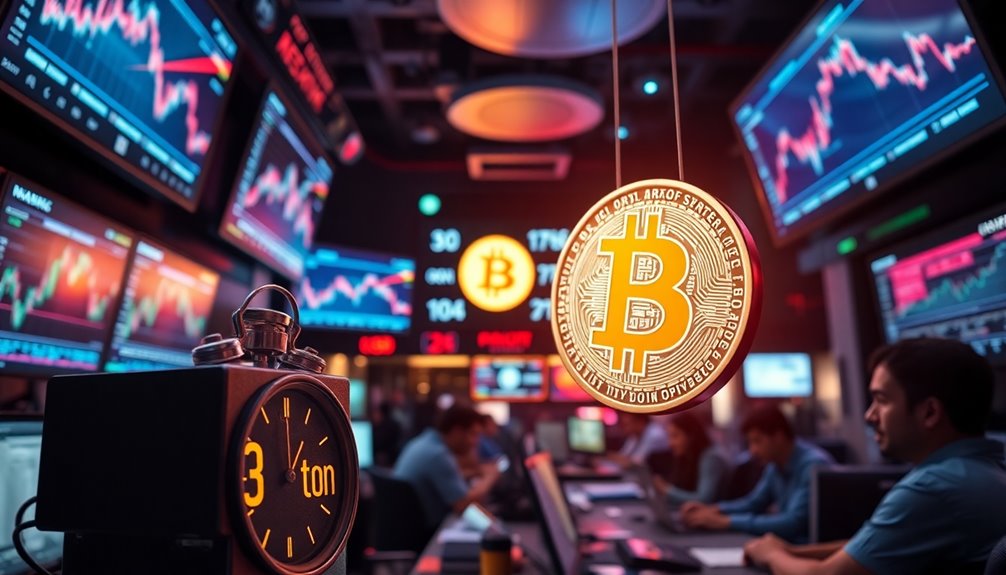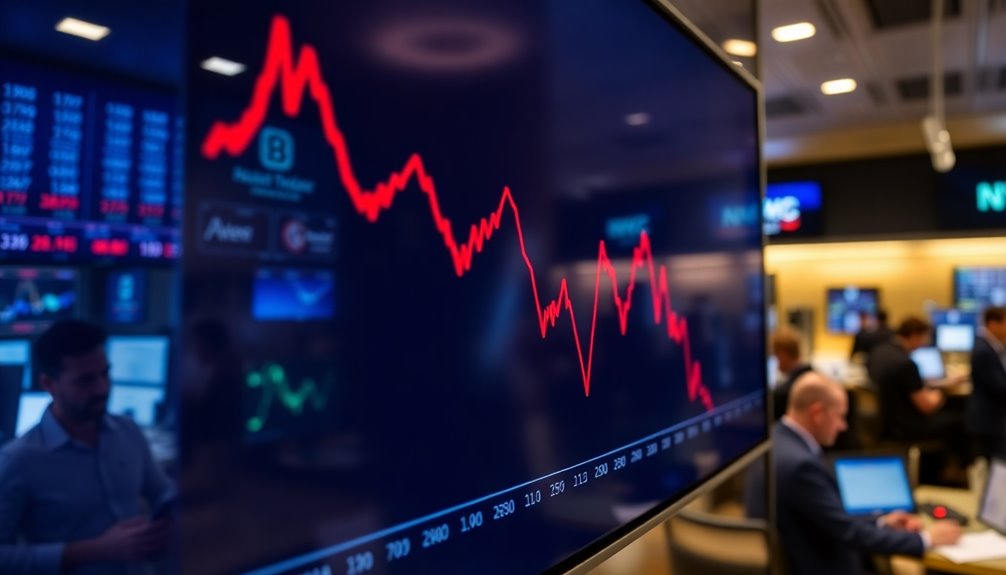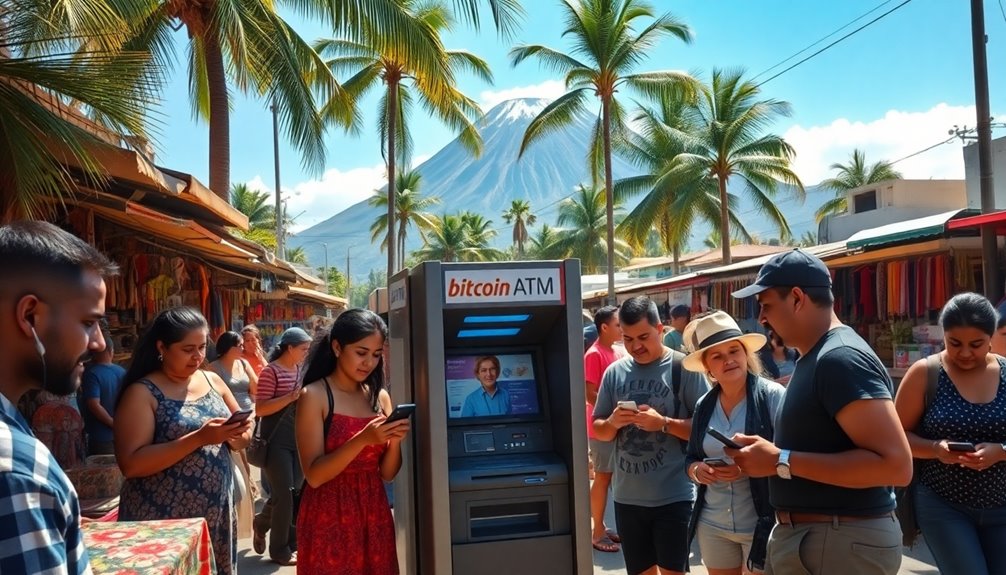You've likely noticed the buzz around Bitcoin's potential price surge. With institutional demand rising and millions of BTC leaving exchanges, the upcoming halving could tighten supply significantly. This situation raises questions about market dynamics and investor sentiment. What does this mean for your strategy as the landscape shifts? As Bitcoin's availability dwindles, the implications for future pricing become intriguing. Let's explore what this could mean for you and the market at large.

As institutional demand for Bitcoin surges, you might notice a tightening supply that could reshape the market. With nearly 4.85 million BTC withdrawn from exchanges since 2020, the available supply is dwindling at an unprecedented rate. This significant withdrawal is coupled with the upcoming 2024 Bitcoin halving, which will further reduce the new supply issuance. These factors are creating a perfect storm for a supply squeeze that many believe could drive Bitcoin prices to new heights, potentially exceeding $200,000. Analysts predict a possible drive towards new all-time highs due to this tightening supply.
When you look at the supply metrics, it's clear that the available Bitcoin is at historical lows. With more investors moving their holdings into long-term storage rather than leaving them on exchanges, the selling pressure is decreasing. This accumulation trend among both institutional and retail investors indicates a bullish market sentiment. In the past, Bitcoin halvings have led to substantial price increases in the following year, and this time could be no different. The principles of tokenization may also play a role in how assets like Bitcoin are perceived and valued in the marketplace.
The anticipation of volatility around the halving event is also noteworthy. While some analysts predict short-term corrections, the overall outlook remains optimistic. As institutions quietly accumulate Bitcoin, they might be strategically positioning themselves for the inevitable price spike that often follows a supply squeeze. You could find yourself witnessing a unique moment in the market, where retail investors might face supply shortages on public exchanges, fueling a fear of missing out (FOMO) and potentially driving prices even higher.
Additionally, the approval of Bitcoin Spot ETFs has made it easier for institutions to step into the market. This accessibility is likely to amplify demand, further tightening the supply-demand balance. As more institutions increase their Bitcoin allocations in preparation for the halving, you might see a shift in market dynamics that benefits long-term holders and strategic investors alike.
Keep an eye on the economic indicators as well, because the Federal Reserve's rate decisions could influence Bitcoin's trajectory in the coming months. The halving will also increase mining costs, possibly leading to industry consolidation.
As a result, understanding these supply dynamics can give you a clearer picture of what's ahead for Bitcoin. The interplay of these factors indicates that a supply squeeze isn't just a possibility; it's becoming an increasingly likely scenario that could reshape the entire crypto landscape.








